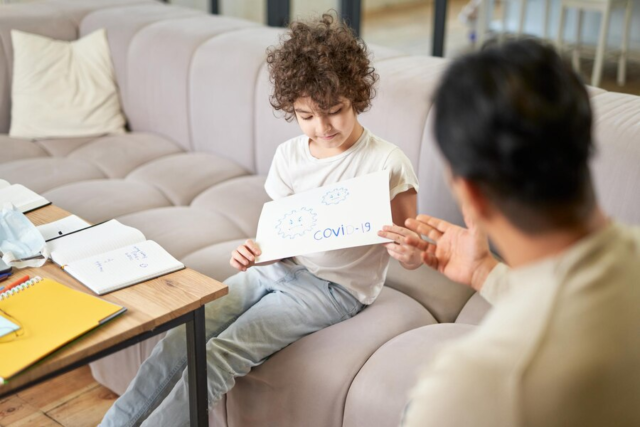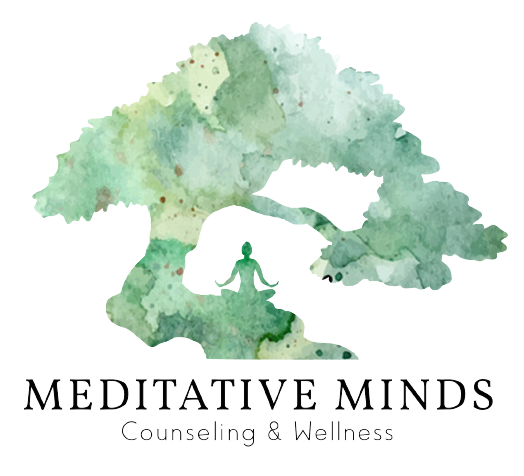When it comes to child therapy, effective techniques are crucial for helping young minds navigate challenges and build emotional resilience. Simi Valley is home to a range of experts who offer valuable insights into the most successful approaches in child therapy. Drawing from their experience, here’s a look at some of the child therapy techniques that have proven effective.
Play Therapy
Play therapy is one of the most widely used techniques in child therapy. It involves using play as a medium for children to express their feelings, thoughts, and experiences in a safe and supportive environment. Experts in Simi Valley emphasize the importance of creating a therapeutic space where children can engage in play that reflects their inner world. Through play, therapists can gain insights into a child’s emotional state and work through issues such as anxiety, trauma, and behavioral problems.
Play therapy is a powerful and effective technique for helping children navigate their emotions and behavioral challenges. Through the use of play, children can express themselves, develop essential skills, and work through difficult experiences in a supportive and engaging environment. Simi Valley therapists are dedicated to utilizing this approach to foster positive outcomes and support the emotional well-being of children in their care.
Cognitive-Behavioral Therapy (CBT)
Cognitive-Behavioral Therapy (CBT) is another effective technique employed by Simi Valley therapists. CBT helps children understand and manage their thoughts and feelings, which in turn can influence their behavior. By identifying and challenging negative thought patterns, children can develop healthier coping strategies and problem-solving skills. This technique is particularly useful for addressing issues like depression, anxiety, and OCD.
Cognitive-Behavioral Therapy (CBT) is a powerful and versatile approach for helping children manage their emotions and behaviors. By focusing on the relationship between thoughts, feelings, and actions, CBT equips children with practical tools to address challenges and improve their overall well-being. Simi Valley therapists are dedicated to utilizing CBT to support children in building resilience, developing effective coping strategies, and fostering positive change.
Family Therapy
Family therapy focuses on improving communication and resolving conflicts within the family unit. Simi Valley experts highlight that involving family members in therapy can lead to more comprehensive solutions to a child’s problems. Family therapy can help create a supportive environment at home, strengthen relationships, and address issues that may be impacting the child’s well-being, such as parental conflict or sibling rivalry.

Enhancing Communication
One of the primary goals of family therapy is to improve communication among family members. Ineffective communication can lead to misunderstandings, conflicts, and emotional distance. Therapists work with families to establish healthier ways of expressing thoughts and feelings. Techniques may include teaching active listening skills, encouraging open dialogue, and facilitating conversations where each member feels heard and valued. Improved communication can help resolve ongoing conflicts and strengthen family bonds.
Identifying Family Patterns and Dynamics
Family therapy delves into the patterns and dynamics that influence family interactions. Therapists help families recognize recurring patterns of behavior and how these patterns contribute to the issues at hand. By identifying these dynamics, families can understand how their interactions affect each other and work towards changing unhelpful patterns. For example, a therapist might explore how parental roles, sibling relationships, or family rules contribute to a child’s behavioral issues or emotional struggles.
Addressing Family Conflict
Conflict is a natural part of family life, but unresolved conflicts can lead to significant stress and dysfunction. Family therapy provides a structured environment for addressing conflicts constructively. Therapists guide families in exploring the root causes of disagreements, understanding different perspectives, and finding mutually acceptable solutions. The goal is to help family members work through conflicts in a way that fosters understanding and respect, rather than escalating tensions.
Strengthening Family Relationships
Strengthening relationships within the family is a central focus of family therapy. Therapists use various techniques to build trust, empathy, and support among family members. Activities might include family bonding exercises, shared goal-setting, and collaborative problem-solving. By improving the quality of relationships, family therapy helps create a more supportive and nurturing environment, which can significantly benefit children and adolescents struggling with emotional or behavioral issues.
Supporting Individual and Family Goals
Family therapy not only addresses immediate issues but also supports long-term goals for individual family members and the family as a whole. Therapists work with families to set realistic and achievable goals, whether related to improving parenting strategies, enhancing family routines, or managing transitions such as divorce or the addition of a new family member. By focusing on these goals, families can create a positive trajectory for their future interactions and overall well-being.
Art Therapy
Art therapy is a creative approach that allows children to explore their emotions through artistic expression. This technique is particularly beneficial for children who may find it difficult to verbalize their feelings. In Simi Valley, art therapists use various art forms, such as drawing, painting, and sculpting, to help children communicate their emotions and work through trauma or anxiety in a non-threatening way.
Art therapy offers a versatile and impactful approach to supporting children’s mental and emotional health. By providing a safe space for creative expression, art therapy helps children articulate their feelings, reduce stress, and build essential skills for emotional resilience. For children in Simi Valley and beyond, art therapy can be a valuable component of a comprehensive therapeutic plan, helping them navigate their challenges and thrive.
Mindfulness and Relaxation Techniques
Mindfulness and relaxation techniques are increasingly recognized for their effectiveness in helping children manage stress and emotional turmoil. Techniques such as deep breathing exercises, guided imagery, and mindfulness meditation are incorporated into therapy sessions to help children develop self-regulation skills and reduce symptoms of anxiety and stress. Simi Valley therapists often recommend these practices as part of a comprehensive therapeutic approach.
Behavioral Therapy
Behavioral therapy focuses on modifying specific behaviors through reinforcement strategies. In Simi Valley, therapists use techniques such as positive reinforcement, token economies, and behavioral contracts to encourage desirable behaviors and reduce problematic ones. This approach is particularly effective for children with ADHD, autism spectrum disorders, and other behavioral challenges.
Conclusion
Incorporating effective child therapy techniques is crucial for fostering emotional well-being and resilience in young minds. By understanding and applying evidence-based methods, therapists can make a significant difference in a child’s life, guiding them through challenges and enhancing their overall development. Insights from experts underscore the importance of tailored approaches and ongoing support.
For personalized guidance and support, Meditative Minds Counseling & Wellness in Simi Valley, CA, is here to help. Contact us at (805) 285-8466 to explore effective child therapy techniques and create a positive path forward for your child.


